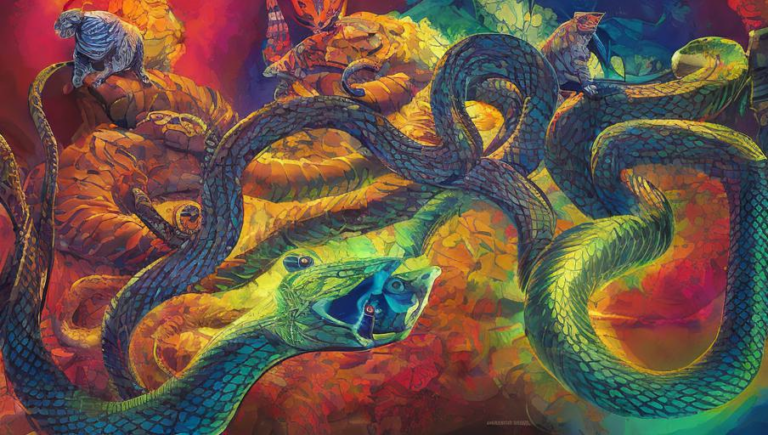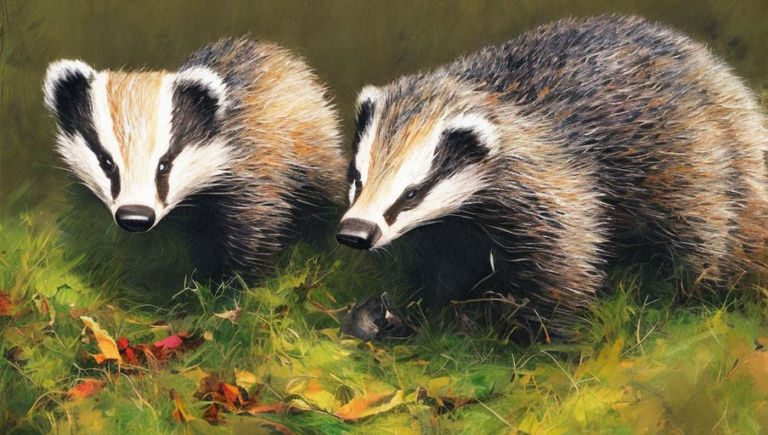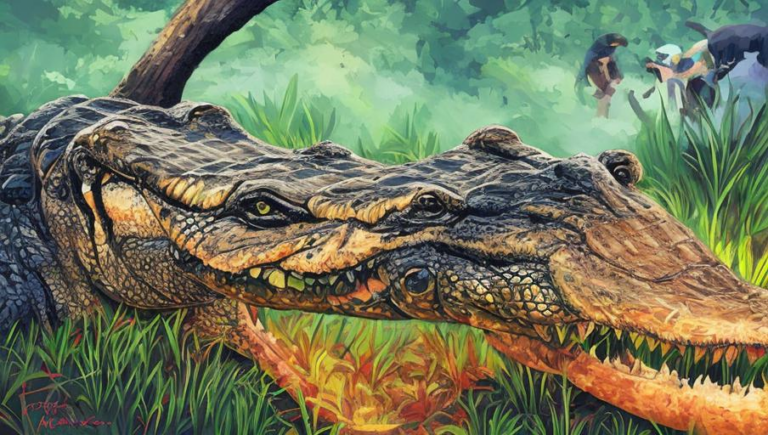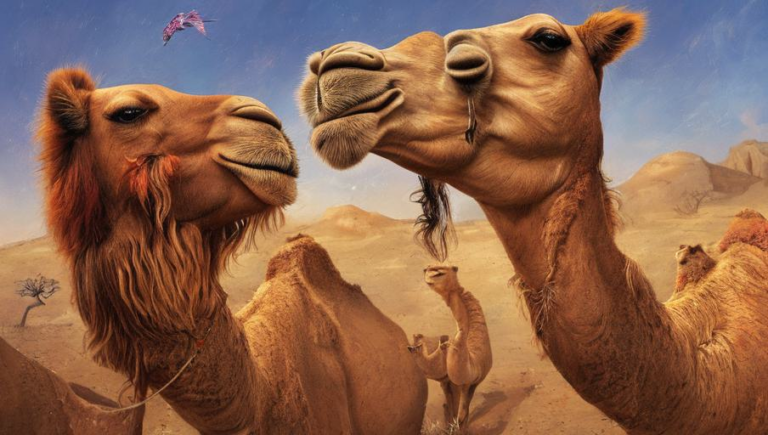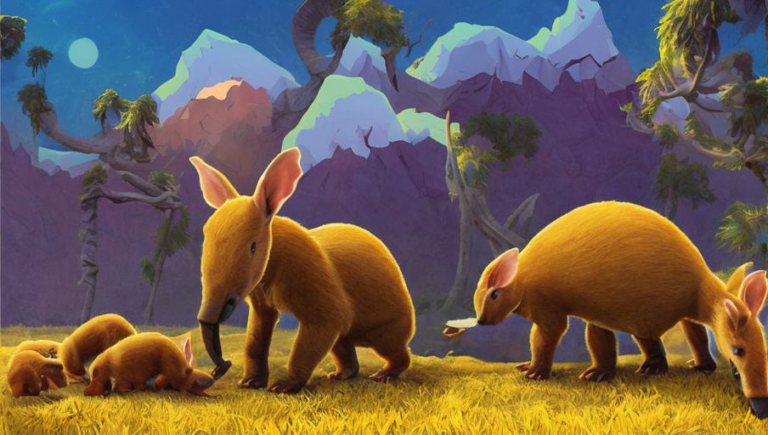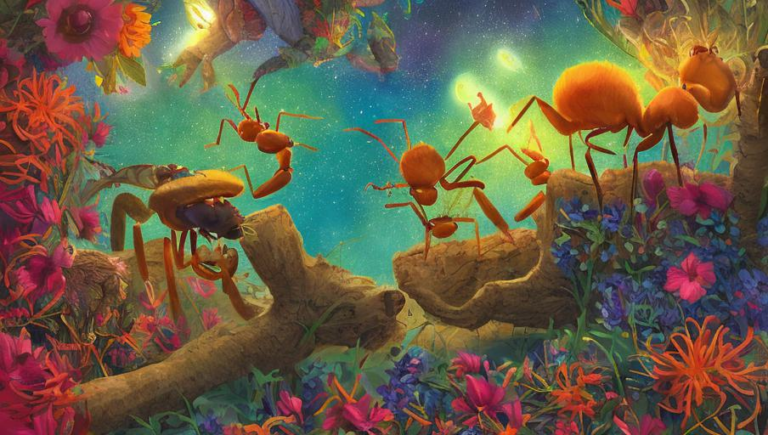Aardvarks: Unusual Eaters of Insects and Other Small Creatures
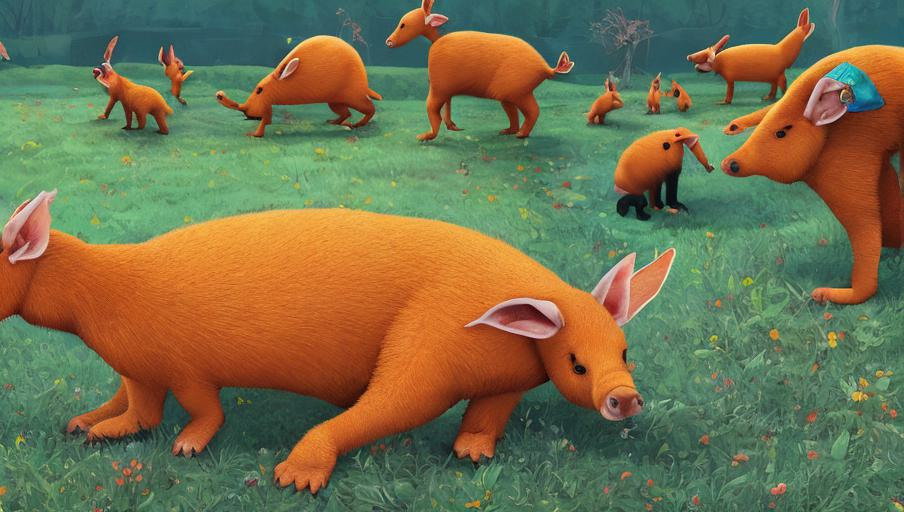
What is an Aardvark?
An aardvark is an unusual mammal that looks like a cross between a pig and an anteater. It has a long snout, powerful claws, and a long, sticky tongue which it uses to eat ants and termites. Aardvarks are found in the African savanna, living in burrows that they dig with their powerful claws.
Eating Habits
Aardvarks are mainly insectivorous, meaning they mainly eat insects. They primarily eat ants and termites, but they also eat other small creatures such as scorpions, centipedes, and millipedes. Aardvarks will sometimes eat fruit and roots, but this is not their primary source of food.
Digestive System
Aardvarks have a very unique digestive system that is adapted to their insectivorous diet. Their stomachs are lined with thick layers of muscle that help to grind up their food, and their intestines contain special bacteria that help to break down the tough exoskeletons of the insects they eat.
Hunting and Foraging
Aardvarks are mainly nocturnal and they spend most of the night foraging for food. They use their long snouts to sniff out their prey, and then they use their powerful claws to dig up the insects. Aardvarks have been known to dig up to three feet in search of food.
Social Behavior
Aardvarks are solitary animals, meaning they prefer to live alone. They will sometimes form small groups, but they do not have any strong social bonds. Aardvarks are not territorial and they will not fight with other aardvarks for food or territory.
Conservation Status
Aardvarks are currently listed as a species of least concern on the IUCN Red List. Although their population is stable, they are threatened by habitat loss, hunting, and the use of pesticides. It is important to protect aardvarks and their habitats so that they can continue to thrive in the wild.
Conclusion
Aardvarks are fascinating animals with unique eating habits and a special digestive system that allows them to survive on a diet of insects. They are solitary animals, and their populations are currently stable due to conservation efforts. It is important to continue to protect aardvarks and their habitats so that they can continue to thrive in the wild.
